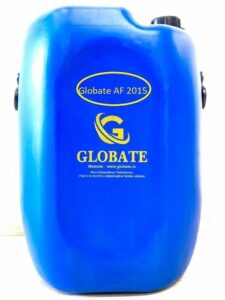Textile Knitting Oil Product Description
Textile knitting oil is a specialized lubricant designed to enhance the performance of knitting machines and the quality of knitted fabrics. This oil is formulated to reduce friction between the machine components and the yarn, ensuring smooth operation and preventing wear and tear. It is particularly effective in maintaining the integrity of the yarn, reducing breakage, and improving the overall efficiency of the knitting process. The oil is compatible with various types of yarns, including cotton, wool, and synthetic fibers, making it a versatile choice for textile manufacturers.
Uses of Textile Knitting Oil
- Lubrication: Reduces friction between moving parts of knitting machines, ensuring smooth operation.
- Yarn Protection: Minimizes yarn breakage and fraying, leading to higher quality knitted products.
- Machine Maintenance: Extends the lifespan of knitting machines by preventing wear and tear on components.
- Improved Efficiency: Enhances the speed and efficiency of the knitting process, resulting in increased productivity.
- Compatibility: Suitable for use with a wide range of yarn types, including natural and synthetic fibers.
Technical Data
| Property | Specification |
|---|---|
| Appearance | Clear, light yellow liquid |
| Viscosity (cSt at 40°C) | 30-40 |
| Density (g/cm³) | 0.85-0.90 |
| Flash Point (°C) | > 200 |
| Pour Point (°C) | -10 to -15 |
| Solubility | Soluble in mineral oils |
| pH Level | Neutral (6.5 – 7.5) |
| Recommended Dosage | 0.5 – 2.0% of yarn weight |
| Storage Conditions | Store in a cool, dry place away from direct sunlight |
Key Benefits
- Enhanced Performance: Ensures optimal machine performance and reduces downtime.
- Cost-Effective: Reduces the need for frequent machine repairs and replacements.
- Environmentally Friendly: Formulated with biodegradable components, minimizing environmental impact.
- User-Friendly: Easy to apply and compatible with most knitting machines.
By utilizing textile knitting oil, manufacturers can achieve superior knitting results, improve operational efficiency, and maintain the longevity of their equipment.

